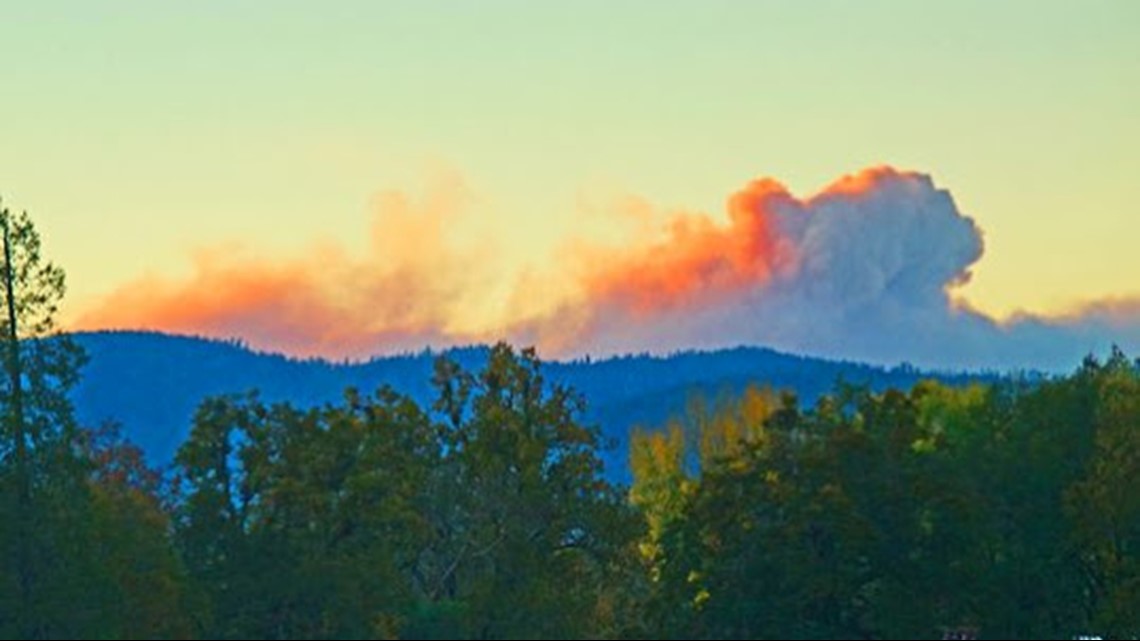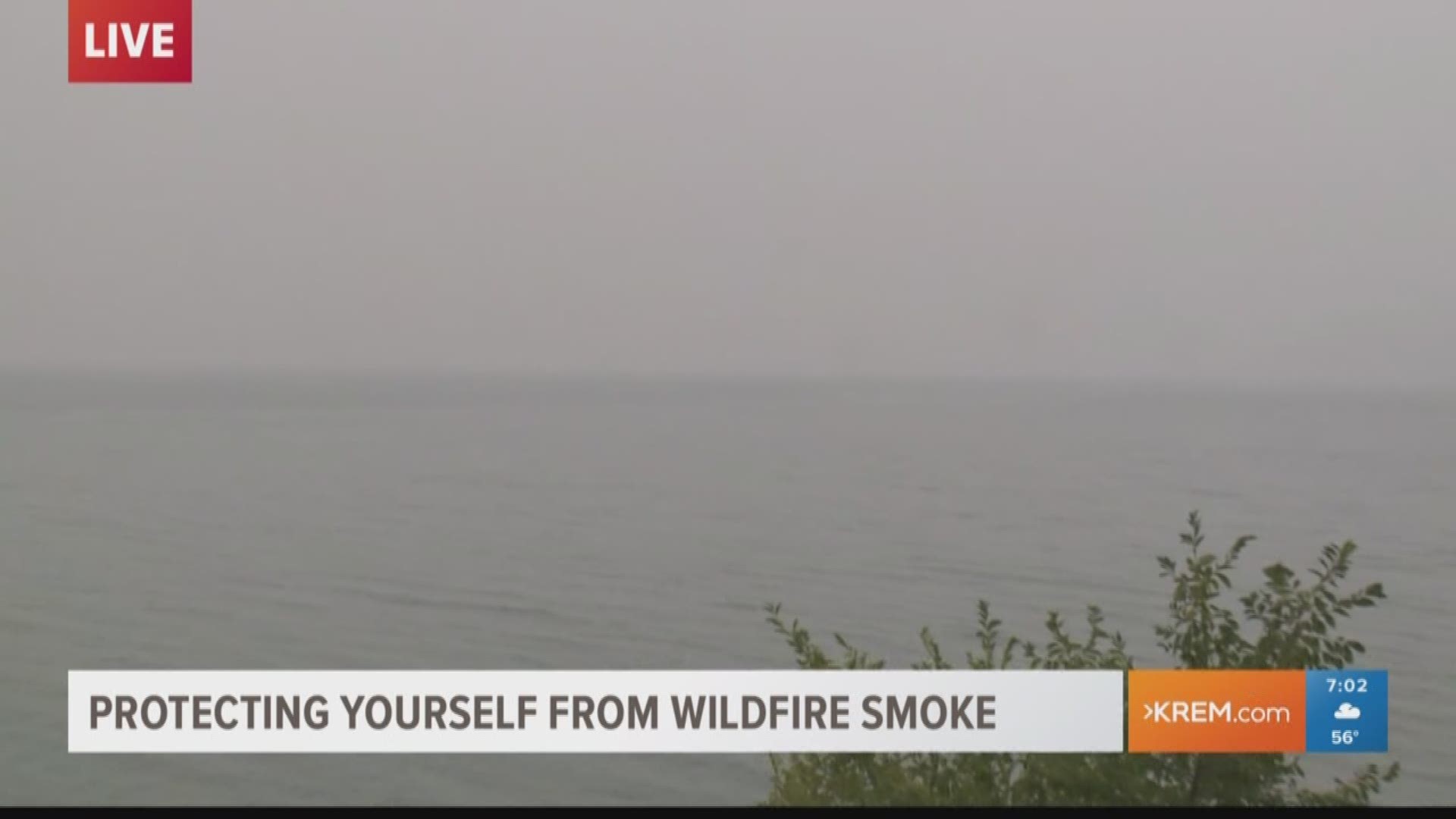Story updated at 10:30 a.m. on Monday, Oct. 15
Oregon’s largest wildfire isn’t finished yet.
The Klondike Fire roared to life Sunday afternoon, bringing new evacuations to the small town of Agness east of Gold Beach near the coast.
The 170,000-acre fire, burning in rugged terrain around the Kalmiopsis Wilderness, was dormant for weeks. It was pronounced mostly out as fire teams either went home or starting working on repair.
But that all changed with hot temperatures and 30 MPH winds Sunday, fire officials said.
The fire grew by 2,000 acres and breached containment lines in the northwest corner near Oak Flat on the Illinois River.
The fire had calmed down somewhat by Monday morning, but it still is threatening multiple structures, officials said.
A level 3 evacuation — meaning “go now” — is in effect for about 40 homes in the Oak Flats, Spud Road and for residents along Road 33 road in Agness.
Oregon Gov. Kate Brown declared the Klondike Fire a conflagration Monday, which allows the State Fire Marshal to mobilize firefighters and equipment to assist local crews battling the fire.
At least 250 new fire personnel, including airplanes, helicopters and tankers, are en route to the fire.
Ash from the fire rained down as far west as Port Orford on the coast as the fire burned through the night.
(Story continues below)
The blowup came as something of a surprise, said fire information officer Deb MacLean.
Fire managers scrambled to order in new equipment and teams to suppress the blaze, she said. At its height, in midsummer, around 2,000 personnel were working the fire. But by last Sunday, that number had dropped to just 300.
Now, fire officials are planning to ramp firefighting efforts back up.
“It had been sleeping for a while and it wasn’t expected to do much,” MacLean said Sunday night. “But the gusty winds really came in. We’re keeping our fingers crossed that it dies down tomorrow.”
The good news is that as of Monday morning, the winds had died down.
"Conditions are very warm and dry — and we might as well be back in the middle of summer," fire information officer Kale Casey said. "But at least the winds have sat down, thankfully.
"We're going to be going on the offensive again and should be able to get a handle on this, but a lot is going to depend on the winds staying down."
The winds have been a pox for firefighters in this area of southwest Oregon. The notorious "Chetco Effect" has driven explosive growth on wildfires in the past, including last year's 190,000-acre Chetco Bar Fire.


This story will be updated.
Zach Urness has been an outdoors writer, photographer and videographer in Oregon for 11 years. He can be reached at zurness@StatesmanJournal.com or (503) 399-6801. Find him on Twitter at @ZachsORoutdoors.

